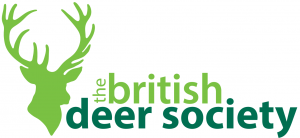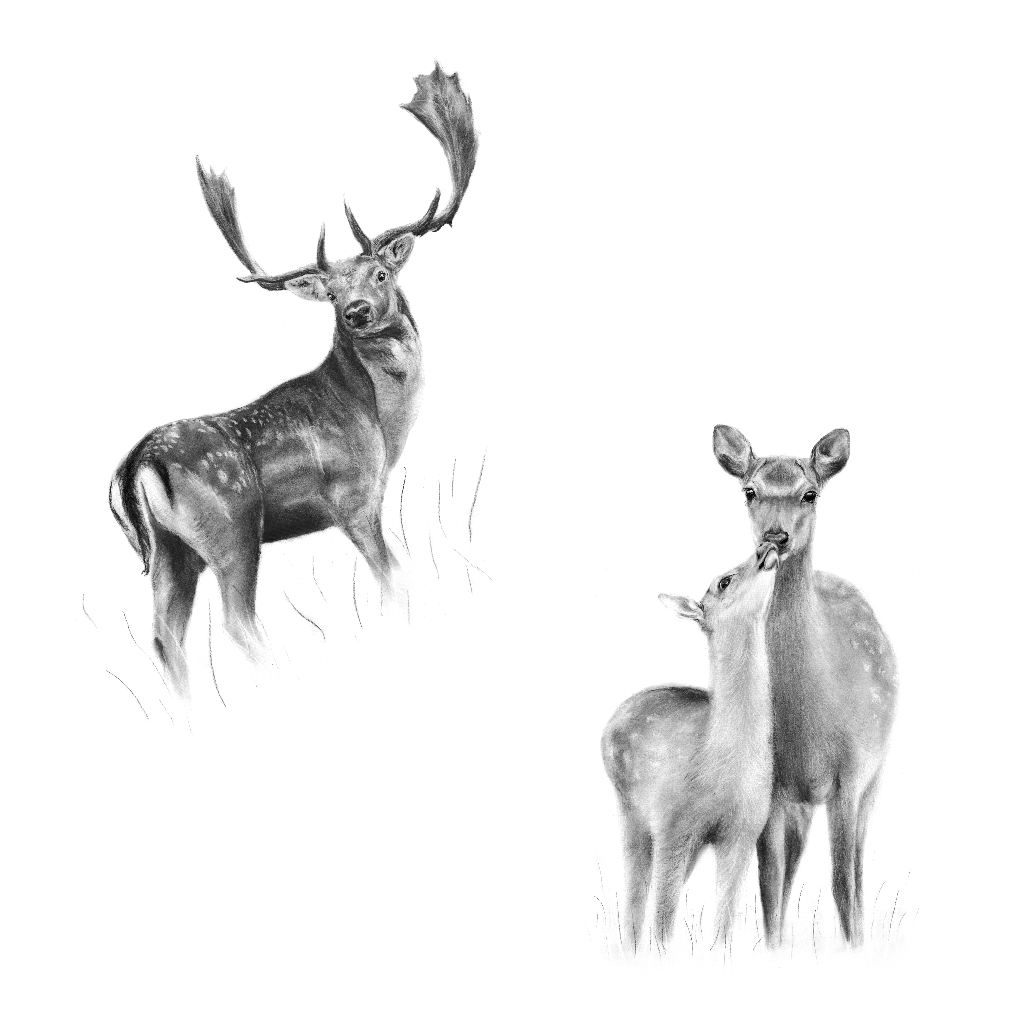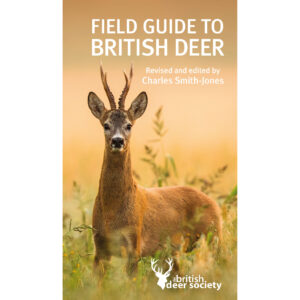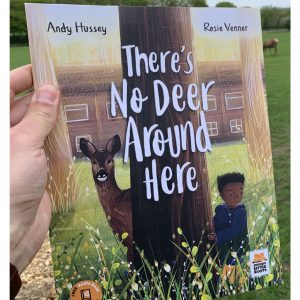Together for Deer – New BDS Strategy Launched
Share article:
Article by:
Andrea Barden, Marketing & Fundraising , British Deer Society
Together for Deer – New BDS strategy launched
The British Deer Society’s vision is to create a world where wild deer are valued and respected, face minimal threats to their welfare and exist in harmony with their environment while supporting an ethical and sustainable food sector.
Knowing where we want to be is the easy part, though. Getting there successfully is an entirely different story.
Navigating the path to success requires a clear and decisive strategy, one that anticipates key obstacles and keeps everyone moving forward together, consistently in the right direction towards success.
Through 2023, your survey responses and recent communications, situational analysis, and an assessment of our charity’s previous areas of work were used by the BDS team to create a strategic plan for the next six years. When successfully implemented, this plan will significantly move our charity towards achieving its vision.
In this article, we discuss the main challenges that helped guide the development of our 2024-2030 strategy, Together for Deer, before introducing the strategy’s three overarching goals.
Key challenges on the path to success
A rising population with the potential for increased conflicts and interactions
There’s been a lot of focus on deer numbers lately, but perhaps it’s more prudent to focus on the fact that, by 2030, the UK’s human population is expected to reach 69.2 million (ONS}.
As a result, wild deer across the UK will face threats to their welfare as we continue to encroach on their space and force them to live in closer and closer proximity to us than ever before.
In addition to the existing maze of fencing and entanglement hazards, deer will need to navigate an ever-growing and busier road network. They will also need to avoid other human hazards, such as out-of-control dogs, wildlife crime, and intrusive and potentially high-risk interactions.
Anecdotal evidence from media sources and enquiries to our experts suggest that fallow and muntjac, in particular, but also roe, are starting to adapt to living more and more in urbanised environments. Inappropriate feeding and other opportunities for close interactions with people are becoming a growing issue, and it’s highly probable someone will end up badly injured as a result. It’s also possible that collisions with deer on roads in more urban areas are going to increase.
Lethal control is unlikely to be a management option in most urban environments, and we will have to explore alternative approaches to address this.
The biodiversity and climate crises combined with a complex and changing social environment.
As efforts to reverse biodiversity loss and climate change increase, wild deer are facing significant changes being made to the ways in which they are managed. While changes may be absolutely necessary if we are to tackle these crises effectively, our methodology must always be evidence-based and never come at the cost of existing ethical and welfare standards. Ideally, such changes should even enhance these standards and guide best practices worldwide.
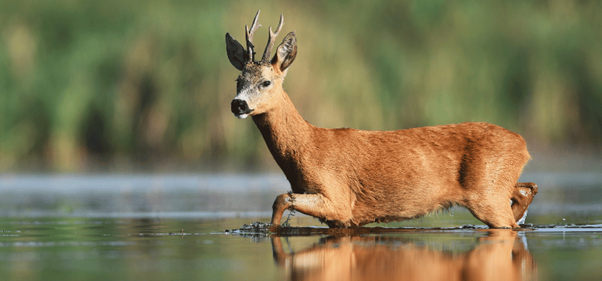
These crises are also being made more complex by substantial differences of opinion within society, and even within the deer management sector itself, on the most ethical and efficient ways to tackle them.
Whilst differing opinions between communities can be expected, the opportunities to close divides and find and implement solutions that are evidence-based and effective are becoming harder to achieve. This is in part because the division is now frequently being fuelled by the rapid spread of misinformation and the misuse, oversimplification, or even twisting of available evidence across various forms of media to suit specific agendas.
Reliable, impartial, evidence-based sources are being drowned out, misrepresented, or misinterpreted, and it’s becoming harder and harder to extract fact from fiction. Incorporating the expanding impact of AI technology further heightens the potential for these issues to escalate.
The management of deer and other wildlife using lethal control methods is currently widely accepted because it is recognised by many as being the most ethical and effective form of management. As the vast majority of the nation continues to consume meat to some extent, lethal control of deer is also justified because it provides a sustainable and environmentally friendly source of protein.
To ensure this continues to be the case, it is vital as a sector that we:
- maintain our existing standards while actively exploring avenues for improvement, ensuring alignment with contemporary ethical welfare standards and upholding the highest levels of safety
- continue to educate the wider public, especially younger generations and those with limited access to the countryside, about deer management and venison;
- continue to clearly communicate impartial science and remain fact-led in our methods of management
- carefully evaluate our use of imagery relevant to deer management, with an appreciation of how it could be perceived by the wider world.
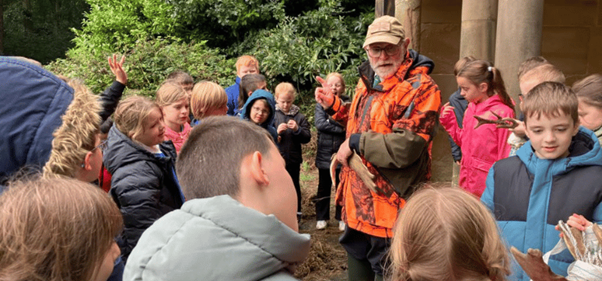
Overcoming the challenges
Adopting a collaborative approach
The growing polarisation of opinions within society and our own sector, against a background of the hugely complex and difficult issues of human population growth, biodiversity loss and climate change (among other issues), is hugely concerning and recalls the oft-repeated words of Patrick Henry:
“United we stand, divided we fall”
It’s now critical that we find the middle ground if we are to move forward efficiently and effectively to address these issues. Only by doing this will we find solutions and truly make a difference for deer, people, biodiversity, and climate change all at the same time.
For this reason, between now and 2030, the BDS will set its overarching focus on inspiring a greater number and diversity of people, organisations, and governmental bodies to come together for deer.
To reflect this, the 2024-2030 strategy has been entitled Together for Deer. It is designed to empower and grow our existing community while driving and developing more collaborative approaches across all areas relevant to wild deer and their management.
Maintaining focus with clearly defined goals and aims
The Together for Deer strategy will enable the BDS to achieve our vision and mission by focusing our efforts in three key areas: Ethics & Welfare, Education & Training, and Science & Research.
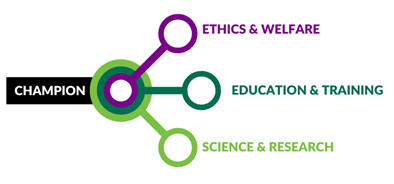
Ethics and Welfare are placed first in the strategy as they underpin every aspect of our work.
In each key area, we have established a primary goal and a subset of five target aims that we aspire to achieve by 2030. An overview of these goals and aims is provided below, and further details are available on our website.
ETHICS & WELFARE
Be the leading voice in preventing any needless suffering of deer from existing and potential hazards which have arisen from human activities.
EDUCATION & TRAINING
Be the leading provider of unbiased information, advice, educational resources, and training regarding deer and deer management.
SCIENCE & RESEARCH
Be the leading body for monitoring and research that provides informed, practical solutions for protecting deer welfare and managing their populations at local and national levels.
FIND OUT MORE
The British Deer Society is a charity working to improve awareness and understanding about deer, deer welfare and deer management. You can add your voice today by:



